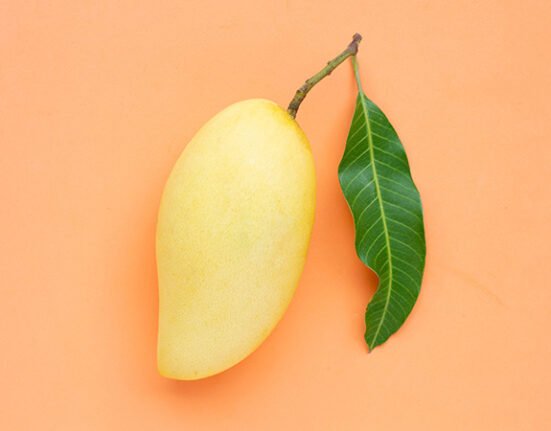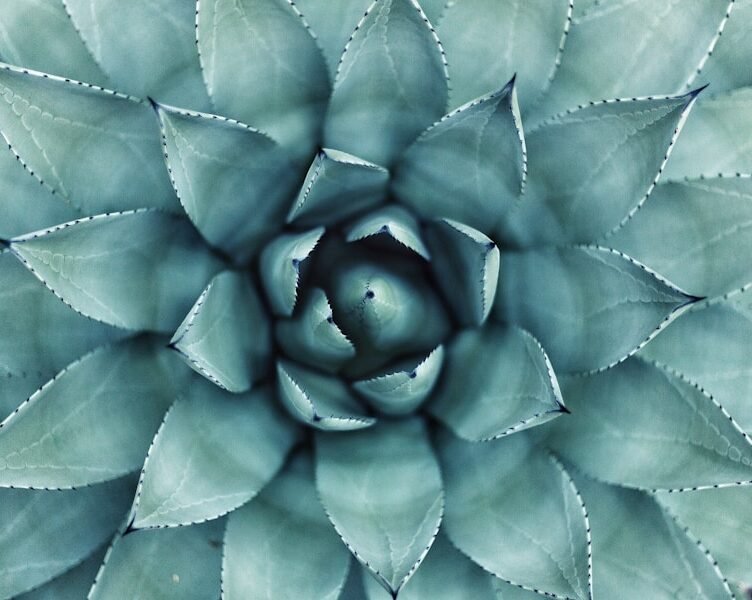Having low-light indoor plants can greatly improve the air quality in your home or office. Plants are natural air purifiers, as they absorb carbon dioxide and release oxygen through the process of photosynthesis. In addition to producing oxygen, plants also have the ability to remove toxins and pollutants from the air, such as formaldehyde, benzene, and trichloroethylene.
This can lead to a healthier indoor environment, reducing the risk of respiratory issues and other health problems caused by poor air quality. By incorporating low-light indoor plants into your space, you can breathe easier and enjoy cleaner, fresher air. In addition to their air-purifying abilities, low-light indoor plants can also help to increase humidity levels in your home.
This is particularly beneficial during the winter months when indoor air tends to be drier due to heating systems. By releasing moisture through a process called transpiration, plants can help to maintain optimal humidity levels, which can alleviate dry skin, respiratory irritation, and other discomforts associated with dry air.
Key Takeaways
- Low-light indoor plants can improve air quality by removing toxins and increasing oxygen levels in the air.
- Having these plants in your space can reduce stress and anxiety, promoting a sense of calm and well-being.
- The health benefits of low-light indoor plants include reducing the risk of illnesses and allergies by purifying the air.
- Studies have shown that having plants in the workplace can increase productivity and creativity.
- In addition to their health benefits, low-light indoor plants can also enhance the aesthetic appeal of any space while requiring low maintenance.
Stress Reduction
The Calming Effect of Indoor Plants
Studies have demonstrated that simply being around plants can help to lower blood pressure, reduce anxiety, and promote a sense of well-being. The presence of greenery indoors can create a more relaxed and peaceful atmosphere, which can be especially beneficial in high-stress environments such as offices or busy households.
Improving Concentration and Productivity
In addition to their calming effects, low-light indoor plants can also help to improve concentration and focus. Research has shown that being in the presence of plants can enhance cognitive function and productivity, making them a valuable addition to workspaces and study areas.
Achieving Greater Well-being
By reducing stress and improving mental clarity, low-light indoor plants can help you feel more centered and focused, leading to greater overall well-being. By incorporating low-light indoor plants into your space, you can create a more serene and tranquil environment that promotes mental and emotional well-being.
Health Benefits
In addition to improving air quality and reducing stress, low-light indoor plants offer a range of other health benefits. For example, studies have shown that being around plants can help to speed up recovery times for patients in hospitals, as well as reduce the need for pain medication. The presence of greenery has also been linked to lower levels of fatigue and fewer symptoms of illness in office workers.
By incorporating low-light indoor plants into your space, you can promote better health and well-being for yourself and those around you. Furthermore, low-light indoor plants can also help to reduce the risk of certain illnesses and conditions. For example, research has shown that having plants in your home or office can help to lower the risk of developing allergies and asthma.
Plants can also help to reduce the incidence of headaches, coughs, and other respiratory issues by improving air quality and reducing the presence of airborne pollutants. By incorporating low-light indoor plants into your space, you can create a healthier environment that supports overall well-being.
Increased Productivity
| Benefits of Low-Light Indoor Plants |
|---|
| 1. Improved air quality |
| 2. Reduced stress and anxiety |
| 3. Enhanced mood and productivity |
| 4. Natural decoration for indoor spaces |
| 5. Low maintenance and easy to care for |
| 6. Can help with better sleep |
In addition to their health benefits, low-light indoor plants can also help to boost productivity and creativity. Research has shown that being in the presence of plants can lead to higher levels of productivity and creativity in work environments. The calming effects of greenery can help to reduce distractions and improve focus, while also promoting a more positive and energized mindset.
By incorporating low-light indoor plants into your workspace, you can create a more conducive environment for getting things done and generating new ideas. Furthermore, the presence of plants has been shown to have a positive impact on job satisfaction and overall well-being in the workplace. Employees who work in environments with greenery report higher levels of job satisfaction, as well as lower levels of stress and fatigue.
By incorporating low-light indoor plants into your office or workspace, you can create a more enjoyable and productive environment for yourself and your colleagues.
Aesthetic Appeal
Low-light indoor plants can also enhance the aesthetic appeal of your home or office. With their lush green foliage and unique shapes and textures, plants can add a touch of natural beauty to any space. Whether you prefer sleek modern design or cozy traditional decor, there are low-light indoor plants to suit every style and taste.
From elegant ferns to striking snake plants, there are countless options for adding visual interest and charm to your interior spaces with low-light indoor plants. In addition to their visual appeal, low-light indoor plants can also help to create a more inviting and welcoming atmosphere in your home or office. The presence of greenery can make a space feel more alive and vibrant, adding warmth and character to any room.
By incorporating low-light indoor plants into your decor, you can create a more inviting and harmonious environment that reflects your personal style and enhances the overall ambiance of your space.
Low Maintenance
Easy to Care For
One of the biggest advantages of low-light indoor plants is that they are generally low maintenance and easy to care for. They thrive in the conditions found in most homes and offices, making them perfect for busy individuals or those with limited gardening experience. With minimal watering, occasional fertilizing, and basic pruning, these plants can flourish with minimal effort.
Versatile Options
Low-light indoor plants come in a wide range of shapes, sizes, and growth habits, making it easy to find the perfect plant for your space. Whether you have a small apartment or a spacious office, there are low-light indoor plants that will fit perfectly into your environment. From compact tabletop varieties to tall floor-standing specimens, there are options for every size and style of space.
Enjoy the Benefits with Minimal Effort
By choosing low-light indoor plants that are well-suited to your specific needs and preferences, you can enjoy all the benefits of greenery with minimal time and effort required for maintenance.
Better Sleep
Finally, low-light indoor plants can also help to promote better sleep. Many people struggle with insomnia or poor sleep quality, which can have a negative impact on overall health and well-being. However, research has shown that having plants in your bedroom can help to create a more restful and rejuvenating sleep environment.
Plants release oxygen at night through a process called respiration, which can help to improve air quality and promote better breathing while you sleep. In addition to their air-purifying effects, the presence of greenery in the bedroom can also have a calming and soothing effect on the mind and body. The natural beauty of plants can create a more peaceful and serene atmosphere that is conducive to relaxation and restful sleep.
By incorporating low-light indoor plants into your bedroom decor, you can create a more tranquil and restorative sleep environment that supports better overall health and well-being. In conclusion, there are numerous benefits to be gained from having low-light indoor plants in your home or office. From improved air quality and reduced stress to better health and increased productivity, the presence of greenery indoors offers a wide range of advantages for both physical and mental well-being.
With their aesthetic appeal, low maintenance requirements, and ability to promote better sleep, low-light indoor plants are a valuable addition to any interior space. Whether you are looking to create a more inviting home environment or a more productive workspace, incorporating low-light indoor plants into your decor is an excellent way to enhance the overall ambiance and well-being of your surroundings.
FAQs
What are low-light indoor plants?
Low-light indoor plants are plants that can thrive in environments with minimal natural light. These plants are well-suited for indoor spaces with limited sunlight, such as offices or rooms with small windows.
What are the benefits of having low-light indoor plants?
– Low-light indoor plants can improve air quality by removing toxins and pollutants from the air. – They can help reduce stress and improve mental well-being by creating a calming and relaxing environment. – Low-light indoor plants can add a touch of greenery and natural beauty to indoor spaces, enhancing the overall aesthetic appeal. – Some low-light indoor plants, such as snake plants and peace lilies, are known for their ability to thrive in low-light conditions with minimal maintenance.
What are some popular low-light indoor plants?
Some popular low-light indoor plants include snake plants, pothos, peace lilies, spider plants, and ZZ plants. These plants are known for their ability to thrive in low-light conditions and are commonly used for indoor decoration and air purification.
How do low-light indoor plants improve air quality?
Low-light indoor plants can improve air quality by absorbing harmful pollutants such as formaldehyde, benzene, and trichloroethylene. Through the process of photosynthesis, these plants can help remove toxins from the air, creating a healthier indoor environment for occupants.






